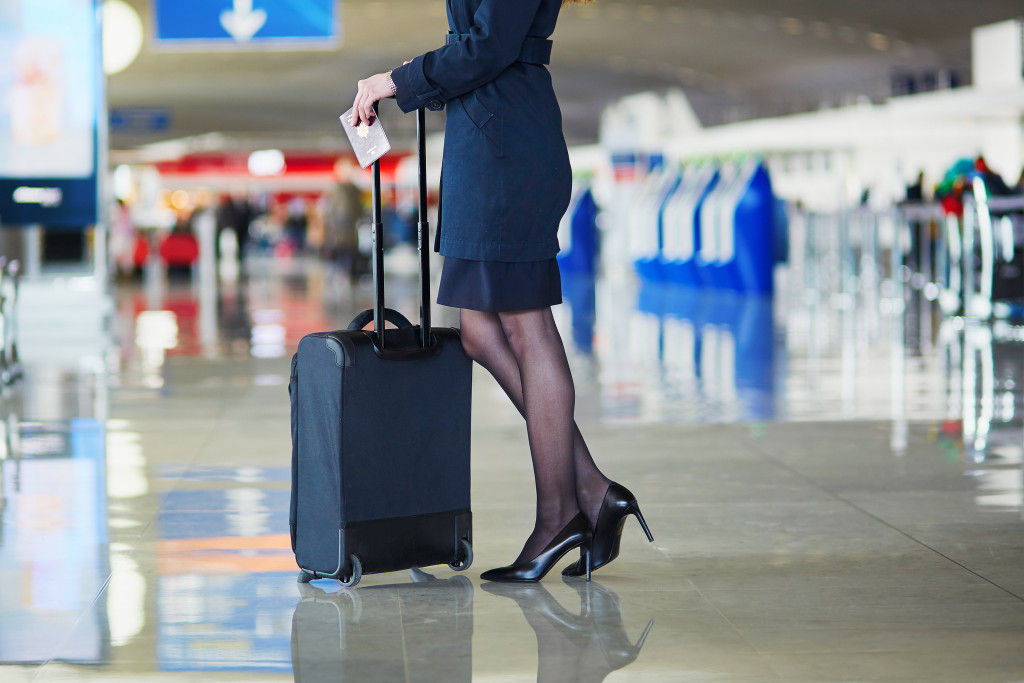Airports are a vital part of the world’s transportation infrastructure. The safety of both aircraft and passengers is of the utmost importance. To keep aircraft and people safe, airports use a variety of technologies. This article will discuss some of those technologies.
Air Traffic Control
Air traffic control is a vital part of aviation, and it is important to continue to invest in its critical technologies. Air traffic controllers use radar and other tools to track aircraft and give them instructions on safely navigating the airspace around an airport.
Among the equipment used in air traffic control are:
- Radar
- Communications systems
- Navigational systems
Radar works by sending out radio waves and then detecting the reflection of those waves off of an object to determine an aircraft’s position, speed, and altitude.
Air traffic controllers must be highly trained and skilled to do their jobs effectively. Controllers must constantly monitor the positions of multiple aircraft in their area and make quick decisions to keep everyone safe. They also need to keep track of weather conditions and airspace restrictions. While doing so, they should be able to communicate clearly with pilots, sometimes in difficult or emergency situations.
Communication
Clear and effective communication is essential for the safe operation of any airport. Airport personnel must be able to communicate with each other, as well as with pilots and air traffic controllers. To ensure clear communication, airports use a variety of technologies.
One such technology is the Aircraft Communications Addressing and Reporting System (ACARS). ACARS is a digital data link system that allows aircraft to communicate with ground stations. It is used for various purposes, including sending and receiving text messages, transmitting aircraft performance data, and exchanging flight plan information.
Another important communication technology airports use is the Automatic Dependent Surveillance-Broadcast (ADS-B). ADS-B is a surveillance technology that uses GPS to track aircraft. It allows air traffic controllers to see the aircraft’s position in their area, even if it is not in a direct line of sight. This is especially important in busy areas or when weather conditions make it difficult to see aircraft.
ADS-B is being increasingly used worldwide. As of 2020, it was expected that all aircraft would be equipped with this technology.
Navigation
Airports use various technologies to help aircraft safely navigate to and from their destinations. One such technology is called the Instrument Landing System (ILS). ILS is a ground-based navigation system that provides guidance information to pilots during the landing phase of flight. It uses radio signals and visual cues to help pilots line up the aircraft with the runway and make a safe landing.
Another important navigation technology is called the Global Positioning System (GPS). GPS is a satellite-based navigation system that provides precise positioning information to aircraft. It can be used for a variety of purposes, including en-route navigation, approach and landing, and search and rescue. GPS is a vital technology for aviation, and it is used by airports around the world.
Ground Support Equipment
Airports use a variety of ground support equipment (GSE) such as aircraft tugs, baggage carts, and ground power units.
Aircraft tugs are used to help move aircraft around the airport and keep them properly maintained. Tugs are specially designed for towing aircraft safely and efficiently.

Baggage carts are used to transport luggage and other cargo. They are available in a variety of sizes and can be equipped with features such as climate control and security systems.
Ground power units (GPUs) provide electrical power to aircraft while they are on the ground. GPUs are used to power aircraft systems, as well as to charge batteries and power other devices.
GSE maintenance and repair technicians are responsible for inspecting, servicing, and repairing these types of equipment. Regular preventive maintenance and prompt repair are necessary to ensure that GSE is always available as needed by the planes.
Airfield Lighting
Airfield lighting is used to help pilots see the runway and taxiways during low visibility conditions. There are a variety of airfield lighting systems, including runway lights, approach lights, Taxiway Centerline Lights, and runway end identifier lights.
Airfield lighting is controlled by a system called the Airfield Visual Range (AVR), which is used to monitor visibility conditions. The AVR system turns the lights on and off as needed, based on weather conditions.
Safe Air Travel
Airports use a variety of technologies to keep aircraft and people safe. These technologies include air traffic control, communication systems, navigation systems, and ground support equipment. They are all critical for the safe operation of any airport. By using these technologies, airports are able to operate safely and efficiently.
